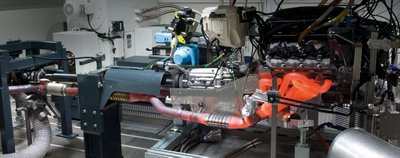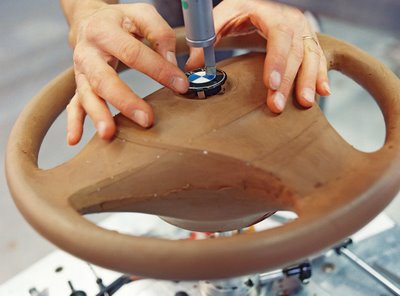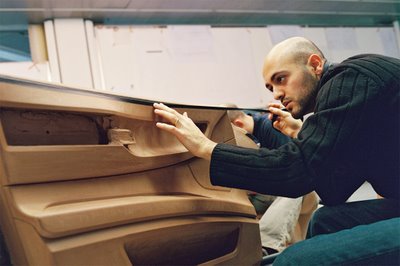IBM and Dassault, just sent out a press release that highlights BMW’s use of a “single digital software environment for the design of all BMW engines across its fuel and diesel-powered cars, motorcycles, and its newest line of eco-friendly, hybrid cars including the industry’s first hydrogen-powered vehicle.”
According to the release: With the use of Catia software, a 3D virtual design platform, engineers can consolidate design environments and create a single reference model for the design of all future BMW engines. IBM and Dassault Systemes PLM experts have helped the automaker to harmonize and consolidate all mechanical design initiatives into a single digital infrastructure that provides the latest technologies to aid in the software simulation, calculation and testing of new engine models. As industrial sector companies intensify efforts to deliver increased value to customers, they are using smart technology to help deliver a new class of products. For example, working with IBM and Dassault Systemes, BMW has developed a series of software design initiatives aimed at equipping new cars with fuel-saving technologies. From designing smaller engines to increasing piston and cylinder performance for better ignition and fuel performance, product lifecycle management software continues to play a key role in the intelligent design of new products. In the past, aerodynamicists, physicists, and product engineers relied on CAD geometry and manual changes to create new design models. With Catia, product designers can create multiple engineering applications that significantly enhance a manufacturer’s ability to digitally share master versions of an engine or a gear-box design. The use of one digital reference model that can be updated and shared instantly across the globe helps BMW respond quickly to consumer changes prior to signing off on production and shipment plans. The time span required for designing and shipping new cars has been cut in half through the use of these new digital technologies.
BMW is an interesting organization, but a quick look at their line of products, you’d be forgiven for thinking that it’s less likely to push the environmentally conscious nature of its products too heavily, but the release also reveals that BMW has shipped 22 new cars with engines that produce less than 140grams of carbon dioxide (CO2) levels per kilometer, an achievement that meets the goals set by Kyoto Protocol participants in 1992 as part of an international treaty on climate change to reduce greenhouse gas emissions globally. It’s use of Catia dates back many years.
In recent years, I’ve seen numerous presentations from BMW executives at Dassault events, where they discuss the potential for the generative car, where a complete master vehicle is created and used to generate all subsequent variations – an interesting prospect I’m sure you’ll agree.
But when you then look at the BMW’s marque and indeed, investigate their media web-site, you’ll quickly find that very traditional tools are still in use at the front end of the process (as you’ll see from these pics above), so for now, until technology catches up with these artisan led practices, the use of generative model to develop products will perhaps remain at the component or certain sub-system engineering level (of which engine development is a prime example).









